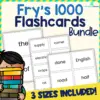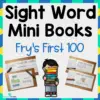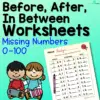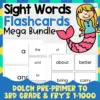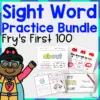Birds are magnificent creatures that children love to read and see in print. Encourage children to delve into the world of these flying animals by letting them read fun and engaging books for them as readers and listeners.
Children love stories with funny characters they can relate. Take a look at these ten books that children will enjoy reading.
Great Bird Books for Preschoolers
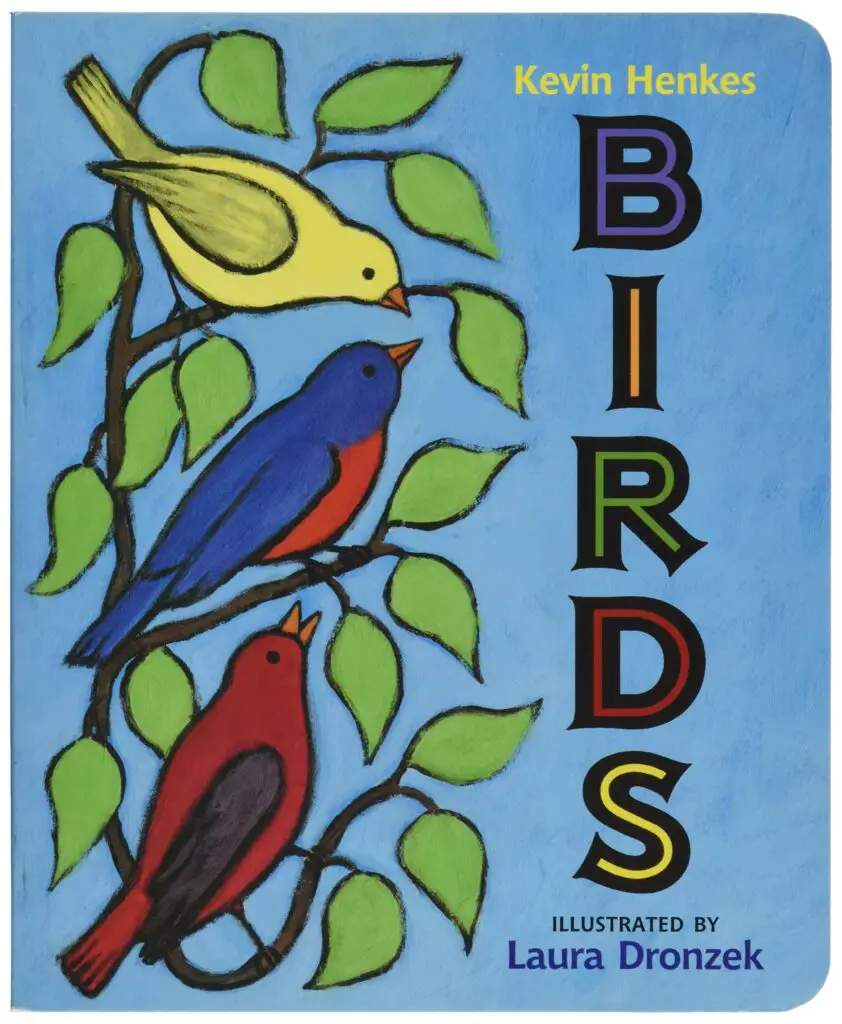
“Birds” by Kevin Henkes is a story of a little girl wondering about birds as she narrates and pretends to be one. This story is packed with different concepts that are helpful for preschoolers.
Children can learn to identify the different colors of the bird as they point to them when asked.
They can also learn shadows and pictures by showing them the page where birds are black. See if they can identify the birds’ body parts, such as the beak and head.
A page is dedicated to birds of varying sizes. Let children point to birds that are big and those that are small. If possible, ask them if they know some of the birds in the pictures, such as the owl or the flamingo.
The iconic illustration of birds perched on a wire can be used to teach counting. Allow children to point at each of the birds as they count.
Let them compare the page where the wire is full of birds and the page with empty birds. The concept of few and many can be used for the page with a red cardinal on a tree in winter and a tree full of crows in autumn.
Have children trace their fingers on the page with colorful lines depicting tail marks to teach children visual tracking skills.
This book uses simple lines that can easily be understood by young children and are visually appealing.
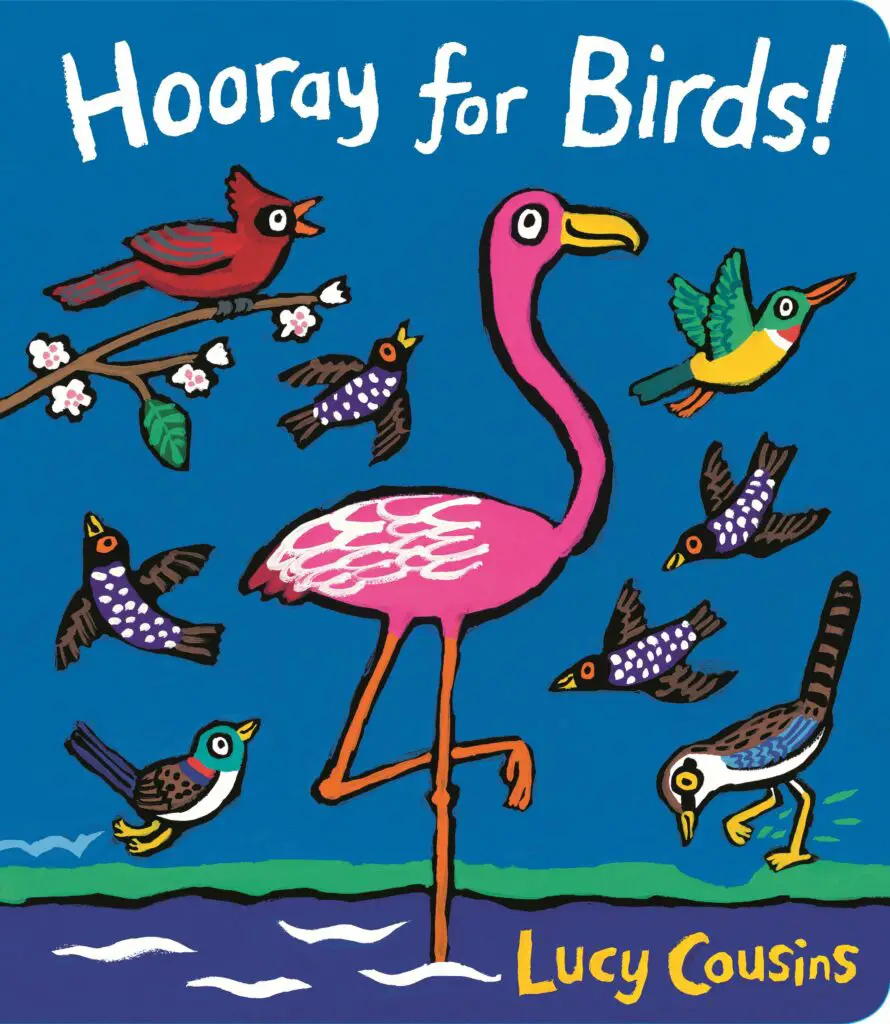
With her classic style of writing stories with short lines and rhymes, “Hooray for Birds” by Lucy Cousins is a wonderful book for preschoolers to introduce the different types of bird species.
This book is filled with adorable and bright illustrations presenting different concepts essential for young learners.
For example, show children the page after the front cover and the page before the back cover to allow them to scan and find what is “different.”
The former shows an owl that is asleep while all birds are awake. This part suggests daytime is the best time for most birds. The opposite is true for the latter. All birds are sleeping while the owl is awake. This part means nighttime for the nocturnal owl.
This book teaches children rhyming words such as slow and go, sky and fly, and darling and starling. Let them count the small details on each page, such as the flowers. Introduce simple directions, such as up, down, and around.
Have children imitate the different sounds birds make, such as “tweet, tweet,” “tralala,” “cheep, cheep,” “hum, hum,” and “whoo, whoo.”
Let them pretend they are birds and teach movements such as scratching the ground with their feet, catching a fly with their beaks, stretching out their wings, waddling, and running.
Children will surely enjoy these activities as they read or listen to the story.
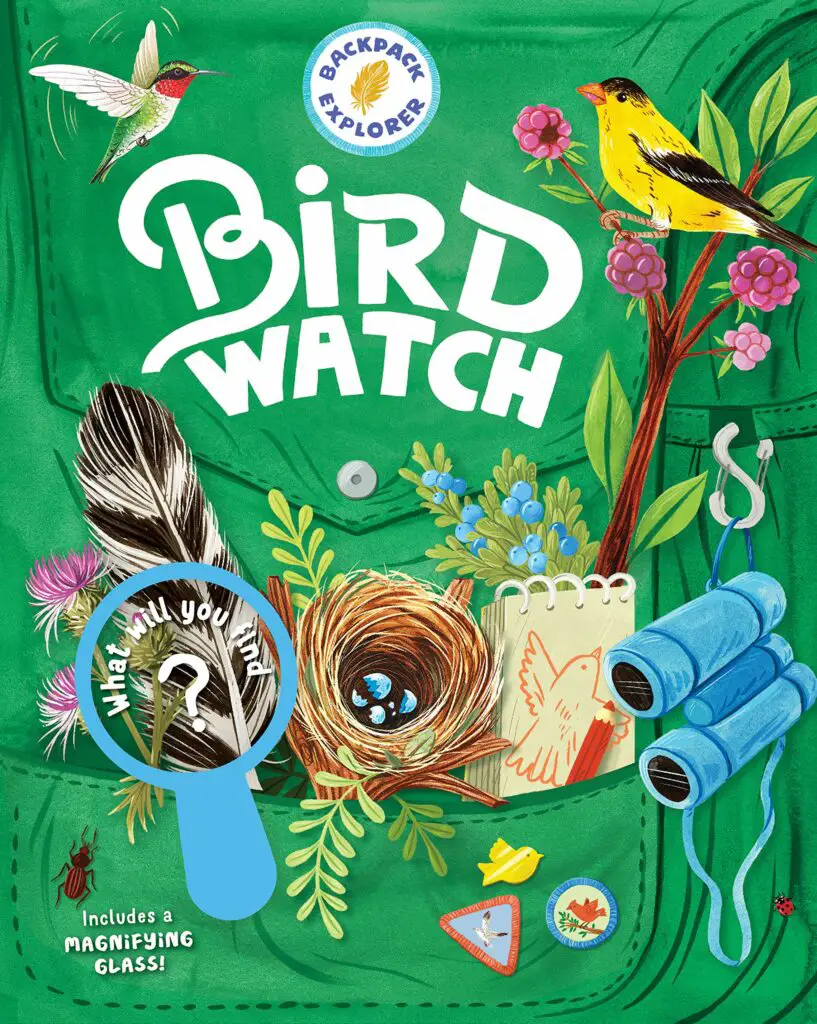
This bird-watching book introduces children to the world of ornithology. A great book filled with real-life pictures and illustrations of birds, this book provides information and scientifically explains facts about these animals.
This handy helper is an excellent resource for showing children these animals in the wild. As these birds are in their natural habitat, it lets children explore the differences between species, which are not only limited to their size.
“Backpack Explorer: Bird Watch” highlights the birds’ unique features, such as the complicated idea of making a nest. Let children see that the birds’ nests may vary in location, size, and even the materials used to make them.
A page is even dedicated to informing children what food different birds consume in an interactive style. Children are to trace the lines with their fingers as they follow the picture of the bird to its food.
This page also explains that some birds are herbivores, seeking out fruits and seeds, while some are carnivores. These are birds that hunt their prey.
Let children feast on this wonderful information as they explore this excellent book.
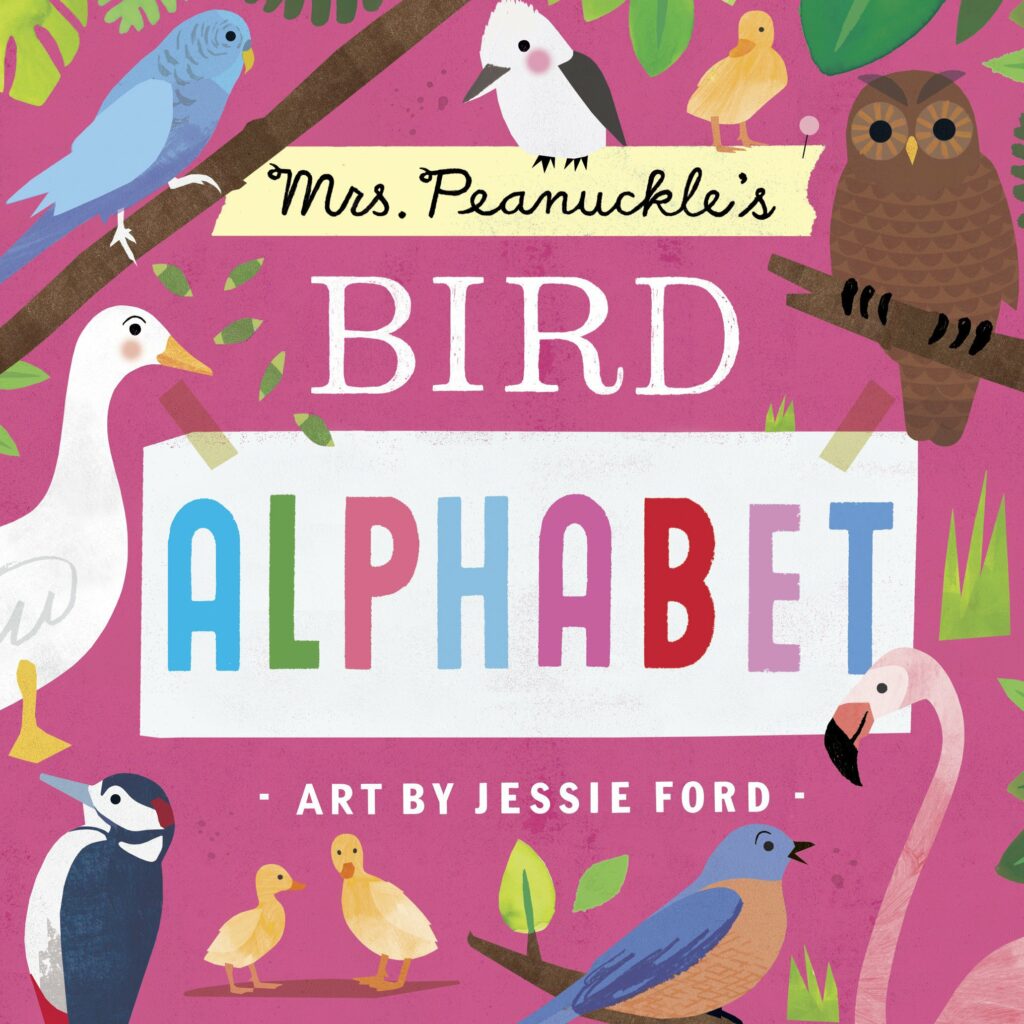
Mrs. Peanuckle’s “Bird Alphabet” lets children learn the alphabet as it introduces different species of birds from a to z. Use this book in teaching children the letters of the alphabet and the unique characteristics and abilities of birds.
Use these facts to compare how these birds are similar and different in many ways.
On each page, a bird whose name begins with a letter of the alphabet is featured. It also mentions unique features of the bird, such as its size, the food it eats, what it represents, where it can be found, and what amazing things it can do.
For example, birds vary in the type of food that they eat. A pink flamingo eats shrimp and algae, the indigo bunting eats seeds, the magpie eats almost anything, and the vulture eats carcass.
The book also discusses the bird’s habitat and location. For example, the junco in the forest, an umbrella bird in the rainforest, and the kookaburra can be found in Australia.
Let children discover these incredible birds as they enjoy looking at the illustrations and learning more about them.
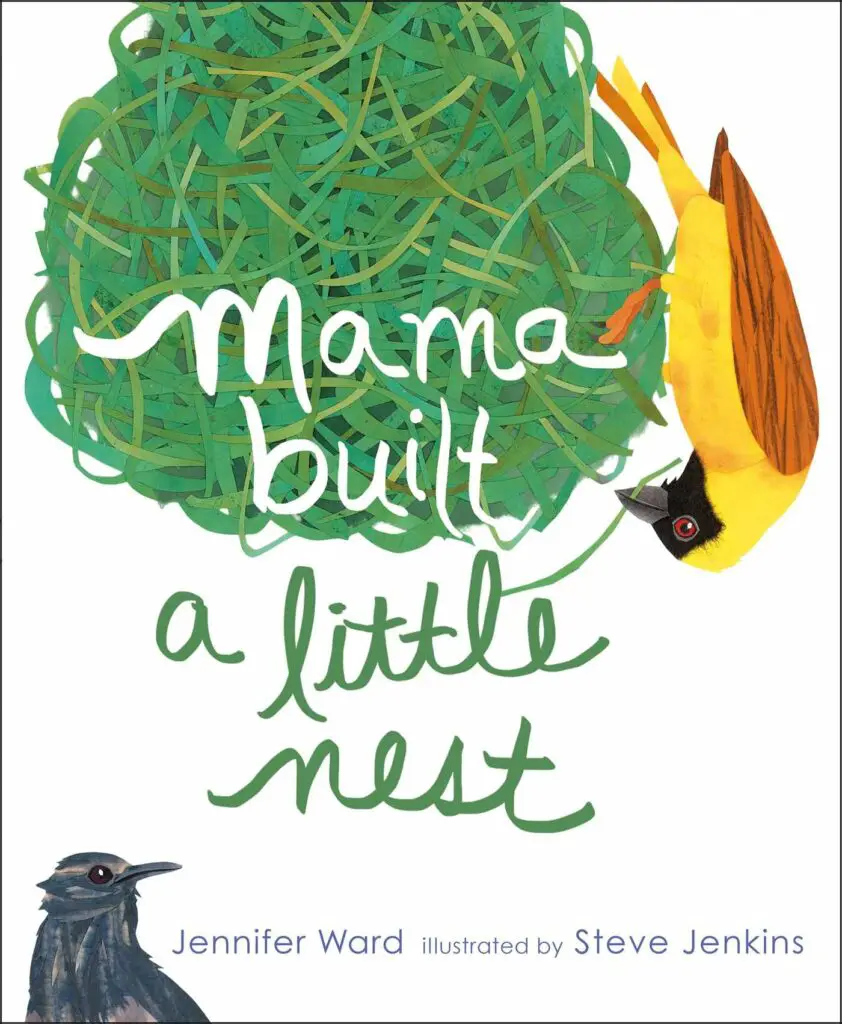
As the title suggests, this book is about how different species of birds make their nest in preparation for their little ones. This book is presented narratively with scientific facts and is highly interesting for children.
Fourteen unique nests are featured in this visually appealing and informative book. Each nest is highlighted by providing information on which bird built it, the materials used, and the techniques employed in creating a perfect sanctuary.
“Mama Built a Little Nest” is an excellent book for teaching nest-making science to children. The book is narrated mostly using a predictable and repetitive line-mama builds a nest that will capture the children’s attention.
Allow children to learn that nests are not always found in trees. Some are on the ground, in burrows, or floating in the water.
Let children discover that some birds use unusual materials to build their nests, such as spiderwebs, mud, and even saliva.
Give weight to the different techniques that birds use in nest making, such as weaving grass, hollowing out a tree trunk, digging on the ground, and making the nest float on water.
As children learn about this information, they will discover how amazing these birds are in their ways.
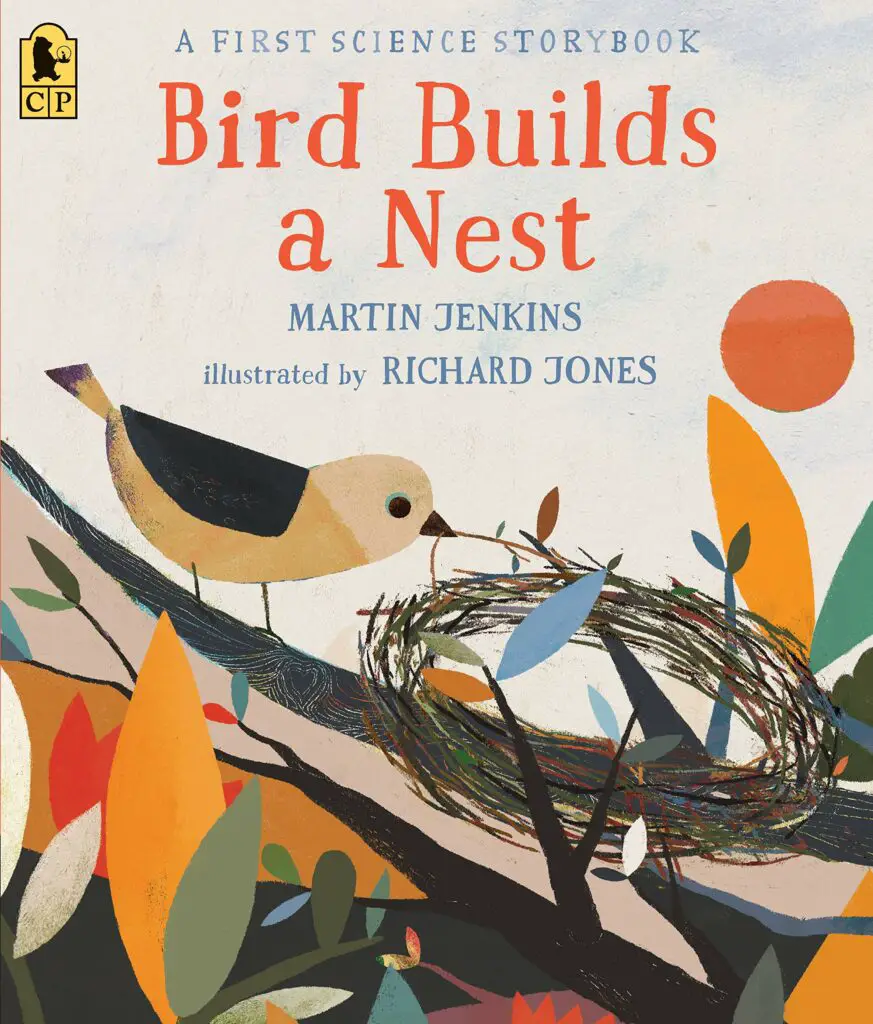
Here’s a book that focuses on the step-by-step procedure of how a bird makes a nest in a narrative form. It is presented in simple sentences. The story is ideal for engaging children in showing how a nest is made from start to finish.
Children will appreciate that the nest is not built in a short time. Instead, as they listen to the story, emphasize that the birds will need to go back and forth to their source of materials.
Birds will need to slowly create the twigs into a cup nest by putting them together and arranging them one at a time. The book mentions that birds work for hours.
Create comparisons on the length of time, such as children sleeping for long hours at night until morning or going to school all day to learn and have fun. These activities are similar to the hours birds spend completing the nest.
Show children how the bird carefully chooses her materials, starting with the twigs to create structure and later transitioning to softer materials such as grass and feathers to support her delicate eggs.
Use “Bird Builds a Nest” as a resource to simulate nest-making activities. Provide twigs scattered around the room for them to find and gather. Have them put these together and place plastic eggs inside.
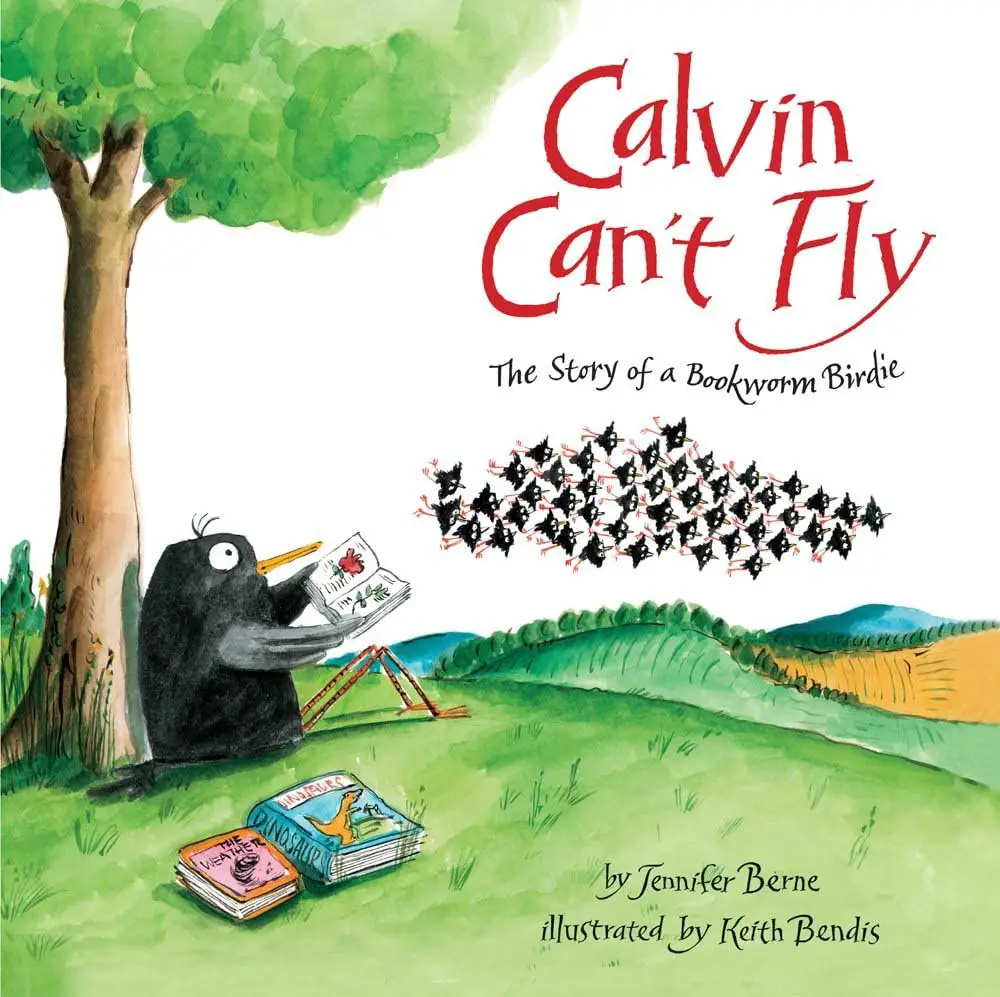
An unlikely hero story, Calvin, a booklover at heart, never learned to fly. However, in a moment of an impending disaster, he used his knowledge from the books he read to save his whole clan of starlings.
In the beginning, Calvin’s unusual behavior stood out among his family. He never behaved like the other starlings. His interest was reading books, and he was mocked for it.
On the day of migration, he thought he would be left behind but felt relieved that his family had returned for him. Using scraps, the birds made an improvised carrier for Calvin.
On their journey, Calvin warned them about an incoming hurricane to which they sought refuge in a cave. Once it was over, Calvin was so happy he accidentally learned to fly.
Let children understand the importance of birds learning how to fly. Use “Calvin Can’t Fly” to talk about the migration of birds to the south. Talk about the possible dangers that birds may face if they are left unable to fly and migrate.
Use the book’s main character, Calvin, to discuss how being unique and different is not bad. Children may have different interests and preferences, but these should not be a reason to mock or dislike others.
Let children learn the value of acceptance with this delightful story.
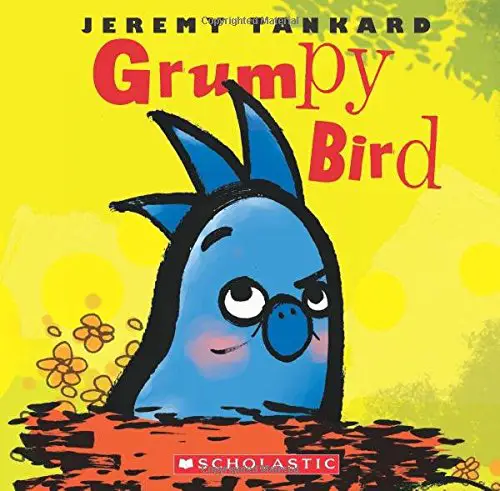
A bad mood can break someone’s day, but there are ways to help someone feel better. This book deals with emotions and visually narrates what every child goes through when they wake up on the wrong side of the bed.
Help children process their emotions through this book. Have discussions to help them understand and cope with this kind of situation. Allow children to figure out ways to help their friends feel better, just like in the book.
“Grumpy Bird” begins with a bird who wakes up in a bad mood. He was too grumpy about doing anything except walking. It was so bad that he was easily irritated whenever asked what he was doing.
As he continued, he met friends who joined him on his walk. Sheep, rabbit, raccoon, beaver, and fox stayed with him until his mood slowly improved. Finally, his grumpy episode was over, and everyone had gone to his nest for a snack.
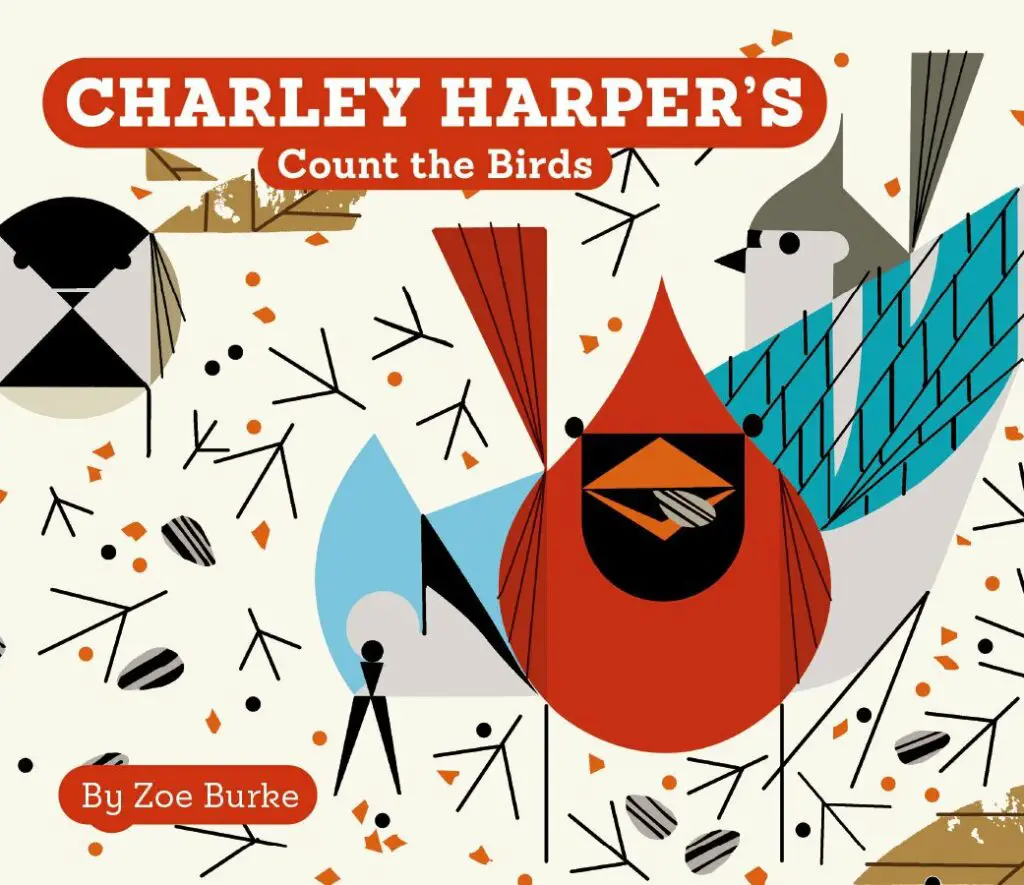
“Count the Birds” is a book that deserves its place in a modern art museum. This whole book is visually appealing to young children.
With well-thought-of designs and intricate lines, the birds are positioned cleverly to create layers of solid-colored shapes that are attractive and stimulating to young minds.
As its name suggests, you can use this book to learn counting and numbers. Count the birds and other details in the book, such as the leaves and markings. If children get confused with the picture, tell them to find and count the eyes of the birds instead.
But do not be limited to just numbers and counting. Let children explore the design world by creating masterpieces using the same principle of applying lines on colored shapes.
For example, use the page with the eight heart-shaped owls to make their version of heart-shaped faces. Let them choose the colors and the type of lines they will use.
Display their finished artwork for everyone to admire.
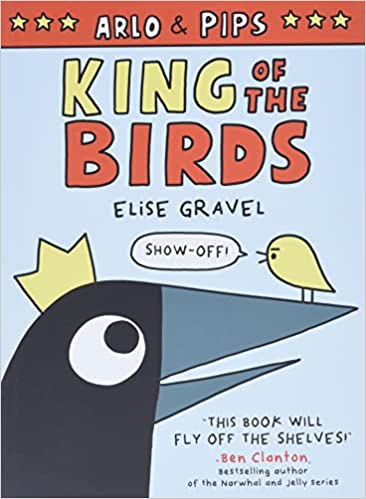
“Arlo & Pips: King of the Birds” is a delightful read for children and is presented in a comic style. The story centers on a bird who just moved to the city from the woods.
The story begins with the crow having a conversation with a sharp-witted little yellow bird.
The crow tried to convince his newfound friend about how amazing he was by showing off his countless talents. However, the little yellow bird was a tough nut to crack.
This book is highly engaging for children who like books with simple conversations and illustrations. Children will be able to relate to this story as the crow tries his best to win over his new friend with his ideas.
The conversations in this book are based on facts also presented in the book. For each claim of the crow, a star is placed on his talk bubble.
This star acts as a superscript symbol that leads to a footnote explaining the science behind the crow’s ability.
Let children explore how intelligent crows are by showing videos and discussing what crows can do. Encourage children to create their version of comics with them as the main character highlighting their skills and talents.
Conclusion
This list contains ten cleverly written and illustrated books about birds. Consider using these books when planning for lessons. This list includes narratives and expository texts perfect for every target goal in class.
Arouse the children’s interest in the lives of birds as they learn more about this animal group. Knowing this valuable information will hopefully lead to these children seeing the value of protecting wildlife. Thank you for stopping by!
More books and activities for preschoolers:


